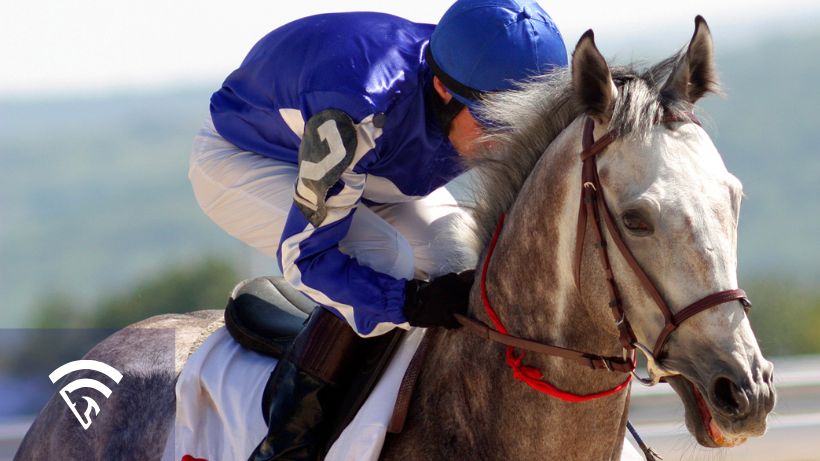What is a Key Race?
A key race is a past race that turns out to be stronger than average, typically because multiple horses from that race come back to win or run well in their next starts. Handicappers use key races as a form of hidden class analysis if a horse exits a key race, it may have faced better competition than the bare results suggest.
The idea behind identifying key races is that form from a strong field is likely to hold up, especially when horses drop in class or move to more favorable conditions next time out.
Recognizing key races can give handicappers a valuable edge especially when a horse’s raw finish position masks the quality of competition it faced.
How to Spot a Key Race
There are no official designations for a key race you have to uncover them through trip notes, race replays, or past performance research. Here’s what to look for:
Multiple next-out winners: If two or more horses from a race return to win their next start, especially in tougher spots, that's a sign the original race was strong.
Improved speed figures in next outs: Horses that exit the same race and run faster or place higher next time often reflect a competitive original group.
Strong finishes behind standout horses: Horses who chased a top-tier winner and still ran solidly may show up well when they face lesser company.
Class flow patterns: If horses from the race move up or down in class and still run well, the overall field may have been deeper than expected.
Some players keep track of these patterns manually or use third-party tools. Savvy bettors who maintain their own notes can spot when a race is quietly producing winners and jump on before the public catches on.
Why Key Races Matter in Handicapping
Key races help solve one of the trickiest parts of handicapping: measuring relative strength between horses from different races. Not all fifth-place finishes are equal; a horse who finished fifth in a race that produced multiple winners might actually be sharper than a horse who just beat a soft field.
When a horse exits a key race, especially one that was fast, contentious, or full of future winners, that’s a powerful angle especially if the horse is now facing a weaker field or being overlooked in the odds.
Key race analysis works especially well when:
- Horses are dropping in class.
- The public is overfocused on recent finish position.
- You’ve spotted a key race early, before the results ripple through the betting market.
How EquinEdge Supports Key Race Insights
While EquinEdge doesn’t label key races directly, it provides multiple tools that help you validate the strength of past competition:
- EE Win % reflects projected performance today—not just past finish position—so a horse from a strong field may still rate high even after a mediocre effort.
- GSR (Genetic Strength Rating) offers insight into how well a horse was suited to a past race, revealing if it may have been overmatched or out of position.
- Pace and Class comparisons in the EE platform help surface horses who’ve been running against tougher competition than today’s field.
You can also pair EquinEdge data with your own trip notes or watchlists to catch when a key race is quietly producing strong runners.
Final Thoughts
Key races are a classic but still underused handicapping angle. They offer a way to measure hidden class, find overlooked runners, and challenge the betting public’s fixation on finish position.
Sign up for EquinEdge to start leveraging the power of AI in your handicapping strategy.
